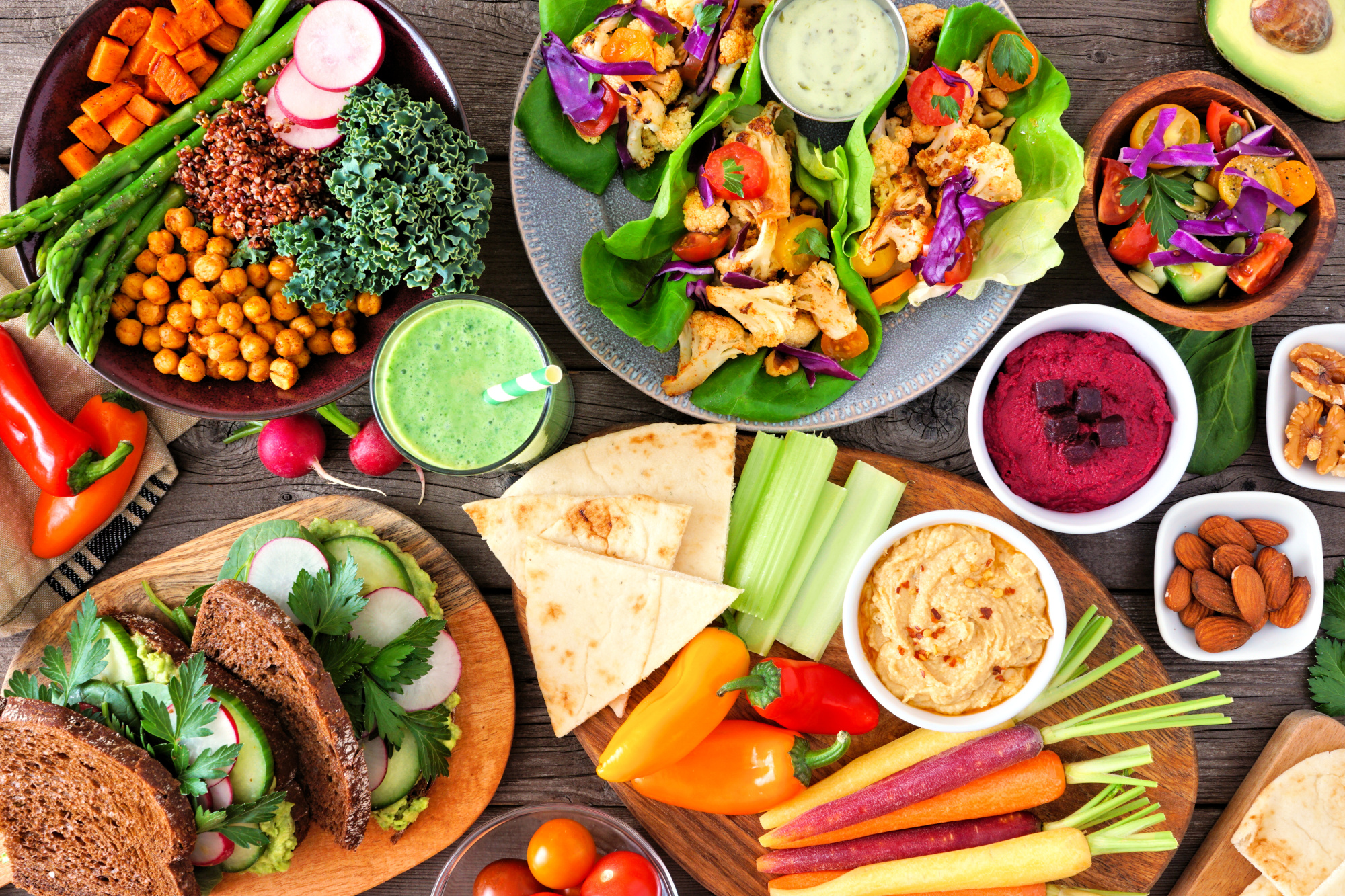Demand for healthy, great-tasting, sustainable and premium plant-based chocolates is booming
In our previous article on plant-based chocolate, you will have learned that the industry is brimming with opportunities for new and established businesses.
To better understand how to approach the plant-based chocolate market and create sell-out products, let’s acquaint ourselves with the motivations behind increasing consumer purchases.
Consumer drivers for plant-based chocolate
There are a number of consumer drivers fuelling the plant-based chocolate industry:
- Health and intolerances: Rising health consciousness is driving consumers’ search for healthier snacking alternatives and higher-quality chocolate. This is leading them to plant-based chocolate products, which are perceived as being healthier than conventional dairy-based varieties. Indeed, research shows that 86% of consumers around the world feel that chocolate should be both tasty and healthy.1 Plant-based dark chocolate products are likely to see the greatest consumer pull, since they have been found to contain health-boosting nutrients. The increasing number of consumers with milk allergies is further driving the plant-based chocolate segment, as consumers seek delicious milk-free confectionery options.

- Taste and ingredients innovation: According to Mintel, almost all chocolate-eaters consider taste to be the most important factor when it comes to selecting chocolate products. This finding corresponds with research from a Mindlab study, which found that taste is the primary consumer motivator for plant-based purchases.2 Brands, therefore, must optimize products for taste when entering the plant-based chocolate market, especially when producing plant-based ‘milk’ chocolates. Analysis shows that existing dairy-free milk chocolate products fall short.3 On top of this, consumers are seeking out chocolate products that offer more interesting flavor profiles and unique ingredients, which is pushing them to try ‘novelty’ dairy-free chocolate products. In light of this, manufacturers should continue to reformulate products and experiment with new plant-based flavors and textures.4
- Sustainability: In every segment of consumer goods, the sustainability trend is altering consumer purchasing preferences and habits, especially among younger generations (who make up the bulk of flexitarian shoppers). In fact, Innova research shows that sustainability claims for chocolate confectionery launches are taking the lead.5 Indeed, a significant 81% of consumers say that it is either somewhat important or extremely important to eat and buy responsibly sourced food.6 Consequently, there is a growing demand for sustainable, plant-based chocolate products, namely those made with ethically sourced cocoa beans (preferably, Fairtrade) that have minimal impact on the environment.7
- Premiumisation: Multiple world markets, especially Europe, have shown an inclination towards premium-quality plant-based chocolate products, especially those made with organic or single-origin cocoa beans. This trend is largely driven by the growing health consciousness of consumers, and their desire to consume ‘better-for-you’ products, which tend to be premium by nature. It is likely to slow (but not stagnate) in the coming years, as consumers’ disposable income decreases with the cost-of-living crisis. Interestingly, new research shows that 55% of consumers feel that chocolates with multiple flavors and textures are more premium,8 making flavor and texture pivotal to the success of premium plant-based chocolate products.

- Artisanal products: Linking to premiumisation in many ways, small-batch and handmade plant-based chocolate products are quickly gaining consumer favor.9 These chocolates are achieving popularity, in part, due to consumers’ growing desire to purchase unique products from local businesses that use high-quality ingredients and skilled craftsmanship. The COVID-19 pandemic also increased the tendency of the public to support local businesses, including those that produce chocolates. A recent survey found that 75% of chocolate consumers want to have chocolate experiences that are out of the norm,10 giving further credence to the plant-based artisanal chocolate driver. There are significant opportunities in artisanal chocolate for smaller plant-based companies that focus on crafting small batches of products that stand out to flexitarian consumers.
- On-the-go snacks: Consumers are increasingly looking for convenient, tasty, and healthy on-the-go snacking options, leading them to plant-based chocolate products. Brands should aim to produce dairy-free chocolate products that are easily accessible via a wide range of retail channels and portioned for simple snacking.
Take note of these growing trends within the plant-based chocolate industry:
- Single origin (vs blended chocolates)
- Chocolate with unusual flavors
- Dark chocolate
- Chocolate with health benefits, including prebiotic, probiotic, and reduced sugar
- Sustainable chocolate, including palm oil-free
- Premiumisation
- Artisanal chocolate
If you missed part one of this series, catch up here, and get in touch with ProVeg International at [email protected] for help on your plant-based strategy.
References
- Chocolate industry statistics, (2022). Available at: https://trulyexperiences.com/blog/chocolate-statistics-industry-trends/. Accessed 2023-03-10.
- Parry, J., & Szejda, K. (2019): How to drive plant-based food purchasing: Key findings from a Mindlab study into implicit perceptions of the plant-based category. The Good Food Institute. Available at: https://go.gfi.org/Mindlab-Strategic-Recommendations Accessed 2022-04-29
- Biting into the vegan chocolate market, (2020). Abillion. Available at: https://www.data.abillion.com/post/biting-into-the-vegan-chocolate-market. Accessed 2023-03-10.
- World Chocolate Market is Expected to Grow at a Moderate Pace, (2022). IndexBox Inc. Available at: https://www.globenewswire.com/en/news-release/2022/12/16/2575678/0/en/World-Chocolate-Market-is-Expected-to-Grow-at-a-Moderate-Pace-to-263B-by-2030-IndexBox.html. Accessed 2023-03-10.
- Ingredient focus: chocolate innovation, (2022). Innova Market Insights. Available at: https://www.foodingredientsfirst.com/ingredient-focus/bars-are-most-popular-format-in-chocolate-confectionery-popularity-of-plant-based-ingredients-grows.html. Accessed 2023-03-22.
- Attest | Results (askattest.com)
- World Chocolate Market is Expected to Grow at a Moderate Pace, (2022). IndexBox Inc. Available at: https://www.globenewswire.com/en/news-release/2022/12/16/2575678/0/en/World-Chocolate-Market-is-Expected-to-Grow-at-a-Moderate-Pace-to-263B-by-2030-IndexBox.html. Accessed 2023-03-10.
- Chocolate industry statistics, (2022). Available at: https://trulyexperiences.com/blog/chocolate-statistics-industry-trends/. Accessed 2023-03-10.
- Chocolate industry statistics, (2022). Available at: https://trulyexperiences.com/blog/chocolate-statistics-industry-trends/. Accessed 2023-03-10.
- Chocolate industry statistics, (2022). Available at: https://trulyexperiences.com/blog/chocolate-statistics-industry-trends/. Accessed 2023-03-10.



